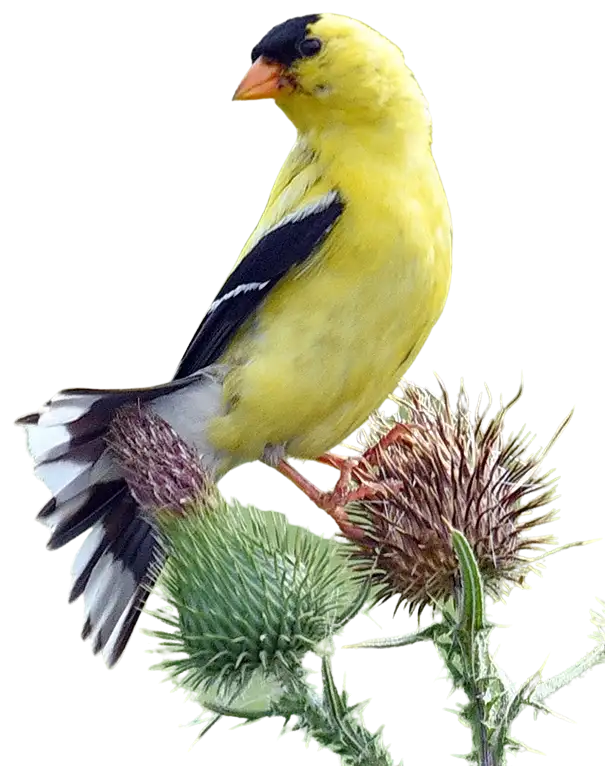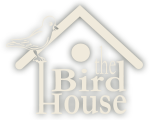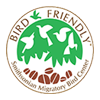
No, these aren’t all field guides, strictly speaking, but they’ve all been useful. And yes, that “advanced” book is still way out of my league. © Liz Goodfellow
When I started birding, I went out and bought a field guide. Several, actually. Here’s my experience with choosing and using them, including an embarrassing story.
Go big and go small
First, think about your options. There are lots of backyard, feeder, and basic bird guides, some barely more than pamphlets. But why not be optimistic?
With surprisingly little effort, you’ll be familiar with those species (many non-birders already are) and ready to move on.
The American Natural History Museum book above is not actually a field guide, in that I wouldn’t lug it in a field (or anywhere else). I included it here because I’ve consulted it so much at home that its central pages are falling out. I’d recommend a big, pretty book, as well as something that can fit in your pocket or bag.
Photos or illustrations?
Although it’s absolutely a matter of preference, the art in field guides is an important consideration. I’ve ended up with a hodgepodge of options, but find that I almost never consult a photograph-based guide for help with an ID.
While I’m sure many other birders prefer photographs (like the National Audubon Society field guide, for example), I want a little more guidance.
What I mean is that illustrations can filter a bird’s appearance through the practiced eye of an expert like David Allen Sibley (here’s that book for our region). That type of approach offers a distillation of markings, shapes, and postures that helps me figure out what to look for.
Watch the arrows
To that end, pay attention to each field guide’s specific codes. These books fit a crazy amount of information—ranges, migrations, habits, plumages, etc.—into very little space, so you can trust that the details they emphasize are important.
So, if there’s an arrow or note about the color of a bird’s legs, that’s likely what sets it apart from a lookalike. Or, to get beyond appearances, mentions of tail-wagging or head-bobbing are often necessary, or at least useful, to a positive identification.
Find a code that makes enough intuitive sense to you that it’s useful before the bird flies away.
Learn from my humiliation
I still cringe thinking about when I told a seasoned birder that I’d seen a Spotted Towhee, a bird of the western US, just up the trail on Plum Island, MA. Why is that so embarrassing? Because it’s theoretically possible, but very, very unlikely. It was certainly an Eastern Towhee.
My mistake was getting fixated on relative number of white spots depicted on the two species’ backs, compared to what I thought I’d seen on the bird as it rustled around in some fallen leaves. I overestimated my observation skills and underestimated the importance of the field guide’s range maps—and common sense.
(If you’re curious, click here and scroll down to see just how much evidence and expertise go into identifying a Spotted Towhee when one does show up on the East Coast.)
Listen, look, listen, etc.
Birding by ear is an awesome skill but one that, like swimming or riding a bicycle, you can’t learn from a book.
Having seen and heard the Eastern Towhee many times since the embarrassing mishap above, I agree with the books that “drink your tea!” is a good approximation of its song. That said, I find that the descriptions of songs, and especially calls, can be crazy-making before actually having heard the bird in question.
I’d recommend not spending tons of time trying to sort the “sips” from the “szips” and the “chebunks” from the “pediks” until you’ve heard the bird—ideally while observing it at the same time. After all, the whole point of a field guide is to have it on you when you need it.



